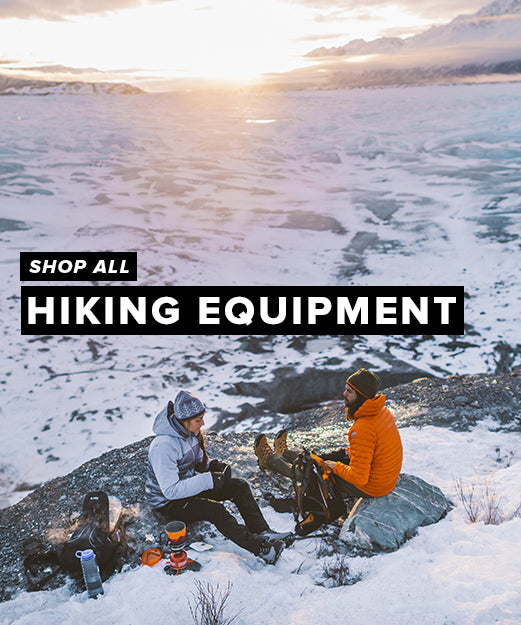It's the time of year that weather is in the news headlines a great deal so lets have a look at the impact that weather has on our days out in the mountains.
I am lucky enough to be out in the mountains most days of the week, even on days when I’m not working I tend to be out playing in them and the weather forecast is the first thing I read every day to allow me to hatch my plans. So what is it we need to look for in a weather forecast and where is the best place to look?
In order of priority I am interested in:
- Wind Speed - Temperature - Precipitation - VisibilityLets have a look at each of these in a little more detail and how they affect my days in the mountains.
Wind Speed
The wind is the single biggest weather factor to influence my planning. In the UK the wind on the summits is about 2-3 times stronger than it is in the valleys and this often catches people out.
I have two cut off speeds in the back of my mind when reading the forecast. 30-35 mph as the maximum speed that I want to be on a narrow ridge with novice walkers. 50-55mph as the maximum wind speed that I want to be on summits with novices. These are ball park figures as a lot will depend on weight and experience but they are a good starting point whilst you develop your own ideas.
The Beaufort Scale allows us to put some meaning to these speeds. 32-38 mph is described as a Force 7 (Moderate Gale) and it defines the effect on land as “whole trees in motion, resistance felt in walking against the wind”.
55-63 mph is described as a Force 10 (Whole Gale) and the effect on land is “seldom experienced on land; structural damage occurs”
Its worth bearing in mind that if you have 20mph winds in the valley when you step out of your car its quite feasible that on the summits you will experience 50-60 mph winds - structural damage occurs!
Temperature
I am especially interested in temperature during the winter months. I want to know where the freezing level is on the mountain, if it's below the summits there could be snow and ice on the ground and I need to take winter kit such as ice axe and crampons.

As you gain height it gets colder which can seem counter intuitive as we are getting closer to the sun right! On a clear day you can expect the temperature to drop by 1 degree c for every 100m of height that you gain i.e. its 10c at sea level but -1c on the summit of Snowdon. On a cloudy and map day this temperature variation will be less, about 1c for every 300m of height gained.
Knowing how much colder it will be allows me to pack the right amount of spare clothing, hats and gloves. I also know that if it's windy the wind chill factor will make it feel colder still on exposed skin.
In the summer temperature is also important as on hot days I want to carry more fluids.
Precipitation
I nearly always carry waterproof clothing in the mountains because if I am wet through and I have to sit still for any length of time I will get cold quickly. (If you suffered an injury it could be 2-3 hours before help arrived, you want to be able to stay warm and dry whilst you sit it out)
If heavy rain is forecast I will plan my route to avoid stream crossings that may become impassable and make sure everyone has decent waterproofs with them to stay warm and dry.
Heavy rain can bring thunder and lightning and in this case I would avoid summits altogether, it's not great being up high in a lightning storm!
Precipitation can also fall as snow when the freezing level drops below or close to the summits, then I need my winter kit.
Visibility
If you know that visibility is going to be poor you can plan your route to match your navigation skills. If you are new to using a map and compass then keep it simple on days when the clouds are down low. It's also worth making a note of the time the sun sets as visibility is obviously reduced when it's dark!
Sources of mountain weather forecasts
The Met Office and Mountain Weather Information Service (MIWIS) both produce quality mountain specific weather forecasts for each of the main areas of the UK. These tell you the weather on the summits so that you don’t need to calculate wind and temperature variations based on a valley forecast.

If you can only get a local forecast then hopefully this article will help you to assess how the weather will change in the mountains compared to the valleys and how that will impact on your day.
Have fun in the mountains!
 NEW!! Free UK Delivery
NEW!! Free UK Delivery Hassle-Free Returns
Hassle-Free Returns Clearpay
Clearpay









